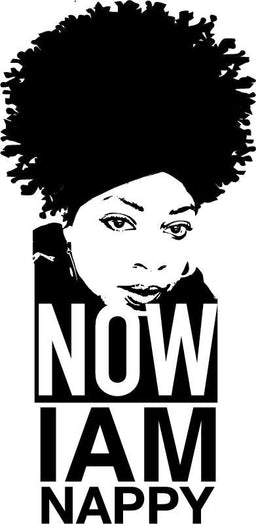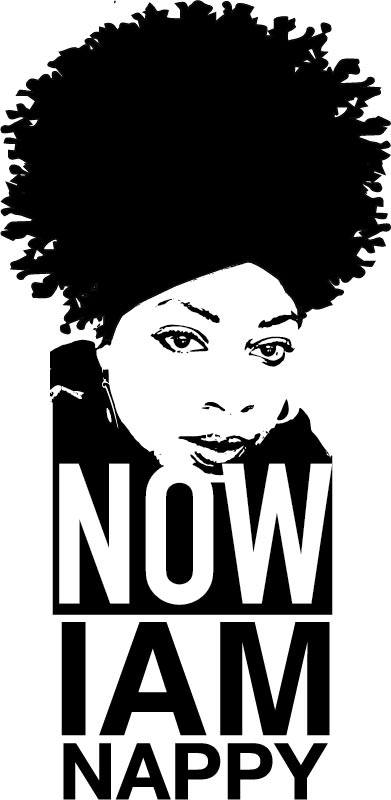
I’ve heard so much discussion about hair porosity I felt like I needed to dive in with a hair porosity series. Since I’ve done a previous post on porosity, I wanted to begin with low porosity hair. Many people have tried the “Float Test” or the “Strand Test” to determine their hair’s porosity, but I believe that observing how your hair responds to products and absorbs water is the best test out there. Why? Because even if you find out you have low porosity hair it doesn’t determine the range in which your low porosity hair falls. What do I mean? Well just like porosity is on a scale of low, medium, to high; low porosity has a range as well. You could have extremely low porosity hair (non-porous) to medium-low (somewhat porous) and anywhere in between. So, let’s look at some characteristics of low porosity hair to help us find where we fall on that spectrum.
Characteristics of Low Porosity Hair
Product Buildup- You may notice that hair products tend to sit on top of your hair instead of penetrating in and moisturizing.
Dry and Brittle Hair- Despite applying products frequently, your hair remains, dry, stiff, and brittle.
More Porous ends- The ends of your hair tend to be thinner than the roots and the ends easily become scraggily.
Difficulty becoming wet (hydrophobic)- While standing under the shower your hair maybe not become fully saturated for 1-2 minutes (somewhat porous) up to 5 minutes (non-porous)
Alright, now let’s focus on how to get hydration into our strands so that we can retain moisture.
As always, every good regimen begins with wash day!
Low Porosity Wash Day
Since low porosity hair is hydrophobic (water-repelling) we need to things to get our strands open and water into them- surfactants and heat.
Surfactants or cleansers/clarifiers will remove old dirt and product buildup that is preventing your strands from achieving and retaining moisture. The use of warm water (heat) while shampooing helps to raise the cuticles as well as allowing water and cleanser to move freely. Some of my favorite cleansers/clarifiers are Bentonite Clay, Rhassoul Clay, and Herbs such as Aritha and Shikakai. A commercial cleanser that is amazing is Bask & Bloom Clarifying Shampoo Bar.
Next up is conditioning, I’m going to focus on deep conditioners since this is where you will tend to find more penetrating ingredients that a absorb into your hair strand instead of coating. Ingredients that should be in the first 1-5 ingredients on your conditioners should be botanical-based such as aloe vera, honey, glycerin, flaxseed gel, panthenol to name a few. Stay away from thick heavyweight ingredients such as mineral oil, petrolatum, silicones (Dimethicone, Cyclomethicone, etc.). Some of my favorite conditioners are Mielle organics babassu oil Mint Deep conditioner, Giovanni Nutri Fix Conditioner, and Obia Naturals Deep Conditioner. Now that you have your deep conditioner in, now lets added some heat to help these ingredients further penetrate your strands. I cannot stress enough the importance of heat during this step, I recommend a steamer for a minimum of 30 minutes or a hooded dryer. When you rinse your conditioner out, your hair should feel soft and hydrated at this point.
Next up I’m going to talk about Protein. Yes, protein and I’m here to tell you, contrary to popular belief, protein is not the enemy for low porosity hair, at least not always. Let me quickly break this down for you. When considering the use of protein, we need to look further than just hair’s porosity, we need to look at the thickness of your strands which can range from fine, medium, to coarse. Did you know that hydrolyzed proteins can act as moisturizing agents for us low porosity girls? I know crazy, but let’s think of it! Hydrolyzed proteins are very small, they can help settle around the cuticle and keep water in. They do this by binding to water in your wet hair and hold onto so when your hair dries, it stays moisturized. Those with fine and medium strands of hair can benefit from small proteins such as hydrolyzed silk, hydrolyzed keratin, and hydrolyzed collagen. Some of my favorite protein deep conditioners are Aubrey’s Organics Honeysuckle Rose Conditioner, Bask and Bloom Brahmi Root Conditioner and of course herbs!
Now herbs are not exactly proteins but contain strengthening properties that bind to your hair strands to help lock and seal in moisture. Some of my favorite strengthening herbs are henna, cassia, zizyphus powder, and Brahmi powder. I also recommend using a gloss when using these herbs for your hair, such as a henna gloss, cassia gloss, etc.
So that’s it for this week, next week I will discuss how to moisturize low porosity hair and products to use in this process. Don’t forget to check out my youtube video on Low Porosity Essentials.

